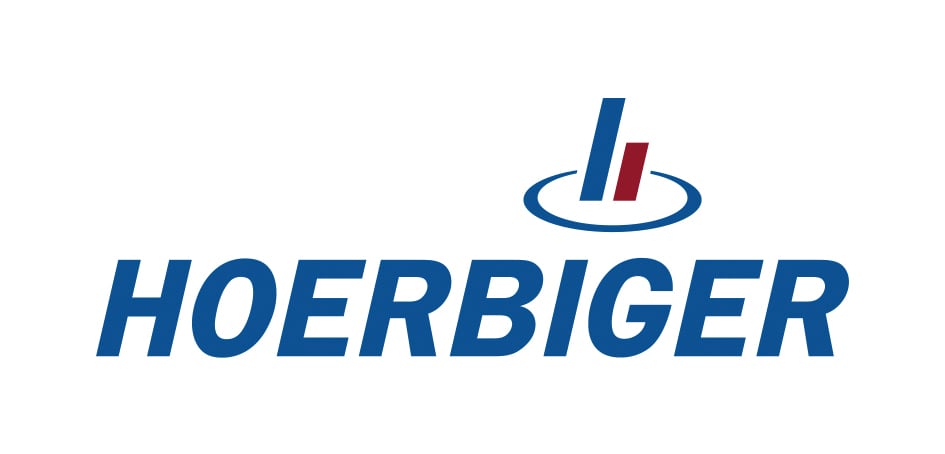Improving productivity and streamline design processes at the engineering department
Hoerbiger is an innovative, globally leading technology company with a strategic focus on performance-critical components and services that enable customers and partners from various industries to improve the performance and safety of their products and operations, save energy, and reduce emissions. This is how HOERBIGER enables change. For a better tomorrow.

Challenges
Hoerbiger wanted to replace the current Vault-SAP integration within three months. The current integration was quite expensive in terms of both, software licenses and maintenance. It was also cumbersome to use and required the use of Vault items which was not requested by the customer. As the assemblies made by Hoerbiger are simple and given that Hoerbiger runs Vault in a fully replicated environment between Europe, USA and Asia, the use of item made the whole process more complicated than necessary.
How we solved them
As the Inventor BOM was complete, there was no need to use the Vault items. A file-based integration between Vault and SAP was implemented. The update of the SAP material and publishing of the PDF to the SAP DIR was triggered on the release of the Inventor models and drawings. And the BOM transfer was done from the context of the Inventor assembly.
“We chose the coolOrange solution because it was more flexible and avoided unnecessary tasks not required by the process, such as adopting the use of the Vault items. The integration reduced by far the number of clicks, the learning efforts, and improved the overall productivity and quality.”
Markus Rieder - Design Engineer
Implemented solution
We started by keeping the item (SAP material) creation as a manual step since the customer had a SAP add-on called BRO, which automated the data entry directly in SAP. The project team focused on the transfer of the BOM and the classification data to the SAP material, and the creation of an update of the Document Info Record according to the PDF generation. Initially the customer wanted to keep the PDF creation as a semi-manual step on each of the vault client, due to bad experience with job processing in the past. We tested powerJobs for weeks on a dedicated machine and reassured the customer that the automatic generation of PDFs is reliable with the vault job processor and powerJobs.
And since then, Hoerbiger is generating and publishing their PDFs automatically with a drastic increase in their productivity. The automation of the Document Info Record (DIR) was a crucial point for Hoerbiger. The DIR had to be created if not existing, properties filled with Vault data, PDF generated and uploaded, the state set to release, and revision aligned with Vault and finally a class to be set with characteristics to handle security and access.
The BOM transfer was almost straight forward, except that BOM row properties had to be handled. Inside the Inventor BOMs, some properties at assembly level hold information for a given BOM row, such as surface treatment, length, color, and such. With the CAD BOM, the integration also had to extract such information from Inventor and send it to SAP. The SAP BOM needed to be filled with BOM header information, such as long text and alternative long text, and the BOM row used the BOM Text lines 1 and 2 with the long text as well. All this was supported within the first project phase and within the given project timeframe. On BOM update, additional BOM rows in SAP were not always deleted, so the BOM transfer needed to ask the user whether the BOM row had to be really removed or not. Besides transferring regular BOM row, the integration also had to handle BOM text positions and document positions.
The material (item) side was simpler, as the creation was done manually, but the integration had to update the classification properties on release. So, a job taked care of updating the SAP material data every time that an assembly or component was released.
What were the benefits for the customer?
Users no longer needed to assign items, which not only reduced the number of clicks, but also required managing ownership of items across multiple sites. All the actions done manually before, became part of the daily workflow and occured automatically in the background. Also, the BOM transfer became more transparent and showed users what they were transferring and why. The cost for upgrading their environment to the latest Autodesk version was very high, and the engagement model was too binding. With the implementation of powerGate, Hoerbiger was able to switch to a much better integration at lower price and gain independence. They were able to easily upgrade to the latest Vault version, since coolOrange is releasing a newer version of compatible powerGate within a few weeks after Autodesk’s release. They were also able to tweak and extend the integration on their own with ease. The customer gained better usability, increasing adaptability, and productivity by delegating tasks to the job processor.
Project results
Implemented products
What maintenance activities were carried out after project implementation?
" By automating the SAP data maintenance, such as the creation and maintenance of DIRs with PDF, the easy transfer of the BOM and the elimination of the use of Vault items, we are now able to streamline their design processes and improve the productivity by 15-20 %."
Markus Rieder - Design Engineer
// Would you like to become an expert?
GET IN TOUCH WITH US!
